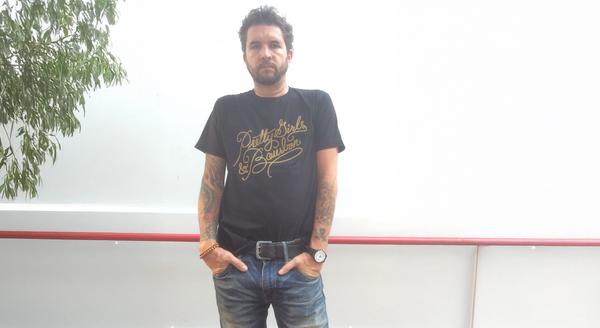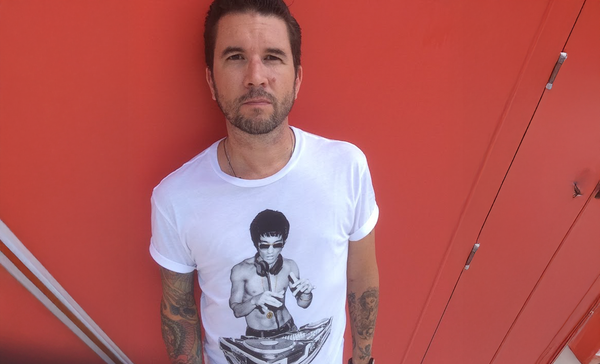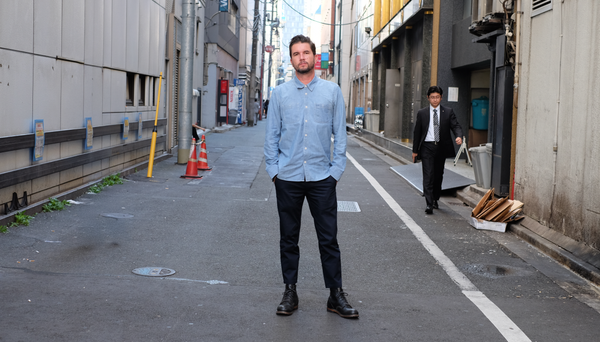The Epilogue Economy Wasn’t a Theory. It Was a Forecast.
Two years ago, I wrote about it. This week, UBS and e27 confirmed it.

Two years ago, I began writing about something I called The Epilogue Economy - a shift hiding in plain sight.
In the middle of the AI arms race, HoldCo collapses, and creative industry burnout, I kept returning to the same question:
What happens when 60 stops meaning “the end” and starts meaning “what’s next?”
What happens when the most experienced, affluent, and undervalued generation in history decides they’re not done yet? This wasn’t a lifestyle theory. It was an economic forecast. And now, UBS, one of the largest investment firms in the world, is saying the same thing.
In a recent article on e27, “The Ageing Economy: Why Investors Should Bet on Longevity Over AI”, UBS outlines a powerful thesis:
The ageing population is not a burden, but a long-term investment opportunity—potentially even more promising than AI.
Let that sink in.
While most of the market is still chasing the next generative AI feature release, the smart money is quietly shifting toward the longevity economy. Toward the needs, ambitions, and spending power of a global population that is not only living longer, but living differently.
The Smart Money Just Made It Official
For those of us paying attention, this moment is long overdue. But it matters that it’s UBS saying it now. Because when investors listen, industries follow.
UBS isn’t making this claim lightly. They’re citing hard data:
- By 2050, over 2 billion people will be over 60
- The over-50s already control 70% of global wealth
- Older consumers are spending more, working longer, and rejecting outdated labels of decline
It’s not just about how long people live. It’s about how they choose to live and spend, in their later chapters.
I Called It the Epilogue Economy
This is the heart of what I’ve been calling the Epilogue Economy - a time of reinvention, ambition, and new identity in what used to be called “retirement.”
Except this generation isn’t retiring. They’re rewriting the rules.
In 2023, I published a series of essays on aging, ambition, and the invisible market lurking behind demographic trends. One of the first pieces, “Welcome to the Epilogue Economy”, made a simple argument:
We’ve been looking at age as an ending, when in fact, it’s becoming a new beginning.
In that same essay, I wrote:
“This is the era where 55-year-olds launch startups, 63-year-olds become creators, and 70-year-olds learn AI. It’s not a pipe dream. It’s already happening. We just haven’t updated our mental models or our marketing playbooks.”
Since then, I’ve written about marketing to transitions, not age, the blind spots in advertising, and the cultural cost of ignoring this shift. I’ve seen firsthand how companies underestimate this audience—not because they’re skeptical, but because they’re stuck in a 1990s picture of aging.
The Epilogue Economy isn’t soft. It’s not a vibe. It’s a hard growth story.
UBS just confirmed it.
This Market Is Bigger Than Health and Retirement
Too often, conversations about aging get trapped in two zones: healthcare and pensions. But the longevity economy isn’t just about surviving longer. It’s about living better.
I reframed it here, but this means:
- Travel and leisure designed for active, affluent older adults
- Fashion that understands ‘refined casual’ for people who don’t want to dress like 25-year-olds or 85-year-olds
- Technology that empowers autonomy, not patronizing design
- Housing and urban design that makes multigenerational living aspirational
- Finance guidance that support reinvention, not just legacy
It also means a radical shift in how we frame ambition. This isn’t a generation winding down. It’s a generation asking:
“What do I want to do with my next 30 years?”
If that doesn’t sound like a growth market, you’re not listening.
What the Advertising Industry Still Doesn’t Get
Here’s the uncomfortable truth: most brands, marketers, and tech companies still don’t know how to speak to this market.
They don’t know how to design for it. They don’t know how to segment it. They don’t even see it.
In media and advertising, we still obsess over youth culture while ignoring the financial reality that boomers and Gen X fund most of it. In tech, we design UIs assuming everyone has the eyesight and instincts of a 25-year-old. In fashion, we either go streetwear or orthopedic. Nothing in between.
What’s missing is imagination.
When we thought that Gen Z was the future, we built TikTok. So what are we building for the Epilogue Economy?
Where are the platforms for late-career reinvention? The AI tools tuned to experienced generalists, not college students? The brands that make success at 60 look aspirational, not old?
It’s Not Too Late But It’s Getting Close
If UBS gets people to pay attention, I’ll gladly take the “I told you so” and move on. What matters now is what we do next.
Because this isn’t just a market opportunity. It’s a cultural reckoning.
We’re being invited to reimagine what aging means. To replace decline with depth. To see not just silver hair, but golden potential. The Epilogue Economy doesn’t want sympathy. It wants strategy.
So here’s mine.
I’m continuing to write, speak, and build around the Epilogue Economy. I’m advising brands and agencies who are ready to get ahead of this curve. I’m connecting the dots between aging, identity, design, and growth.
Because this moment isn’t coming.
It’s already here.

Want to build for the Epilogue Economy?
And if you’re not sure where to start, UBS just gave you the roadmap.
The one I have been charting since 2023.



